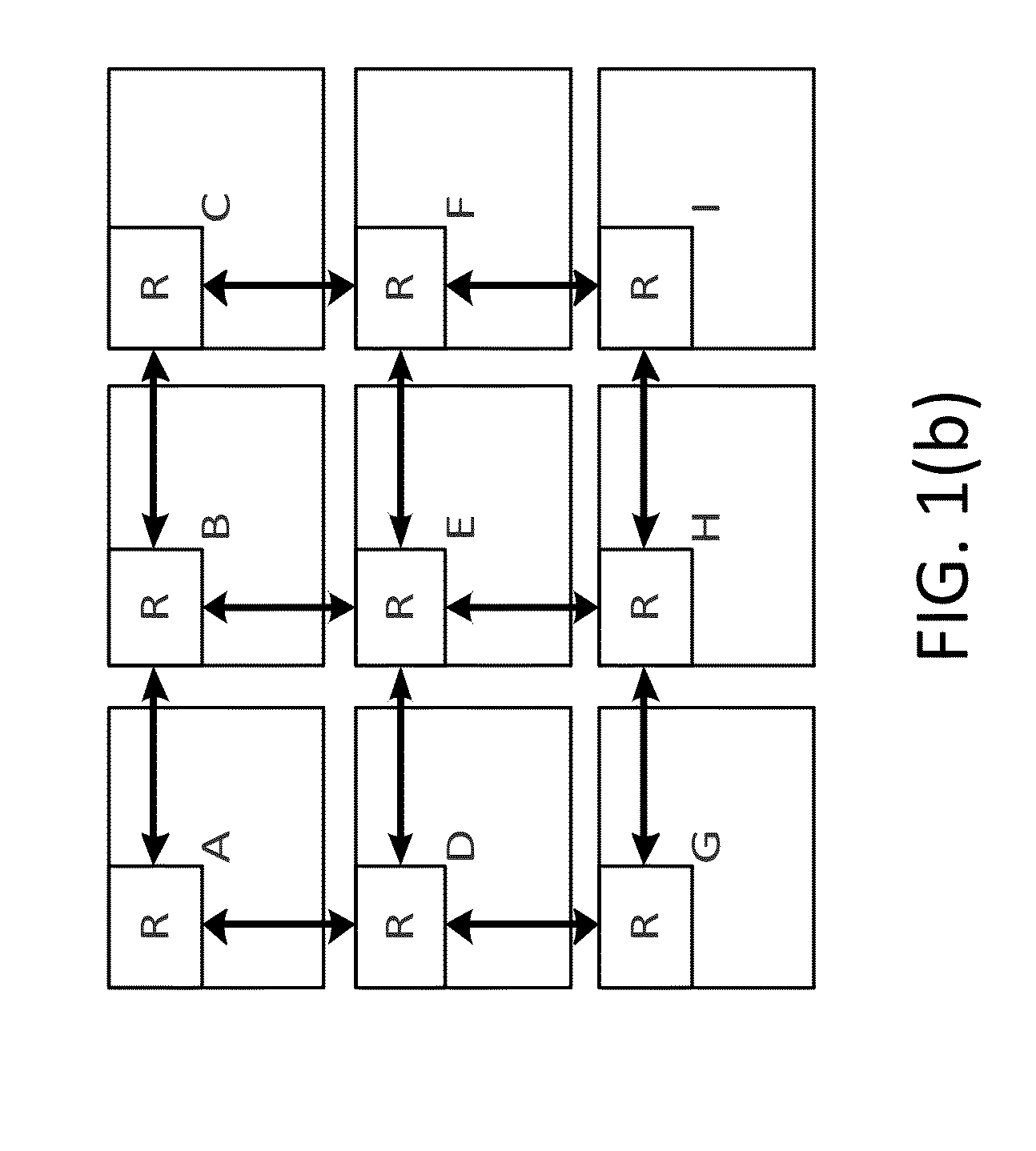QOS in a system with end-to-end flow control and QOS aware buffer allocation
a flow control and buffer allocation technology, applied in the field of interconnect architecture, can solve the problems of complex analysis and implementation of routing forms, inability to achieve dimension order routing between certain source and destination nodes, and inability to meet the requirements of quality of service, so as to facilitate interaction and facilitate quality of servi
- Summary
- Abstract
- Description
- Claims
- Application Information
AI Technical Summary
Benefits of technology
Problems solved by technology
Method used
Image
Examples
Embodiment Construction
[0040]The following detailed description provides further details of the figures and example implementations of the present application. Reference numerals and descriptions of redundant elements between figures are omitted for clarity. Terms used throughout the description are provided as examples and are not intended to be limiting. For example, the use of the term “automatic” may involve fully automatic or semi-automatic implementations involving user or administrator control over certain aspects of the implementation, depending on the desired implementation of one of ordinary skill in the art practicing implementations of the present application.
[0041]Example implementations described herein are directed to end-to-end flow control for data transmitted within a NoC. By implementation of a flow control, agents that submit a request to send data are configured to send data only when allowed by the receiving NoC agent. In another example implementation, requesting agent obtains permi...
PUM
 Login to View More
Login to View More Abstract
Description
Claims
Application Information
 Login to View More
Login to View More - R&D
- Intellectual Property
- Life Sciences
- Materials
- Tech Scout
- Unparalleled Data Quality
- Higher Quality Content
- 60% Fewer Hallucinations
Browse by: Latest US Patents, China's latest patents, Technical Efficacy Thesaurus, Application Domain, Technology Topic, Popular Technical Reports.
© 2025 PatSnap. All rights reserved.Legal|Privacy policy|Modern Slavery Act Transparency Statement|Sitemap|About US| Contact US: help@patsnap.com



